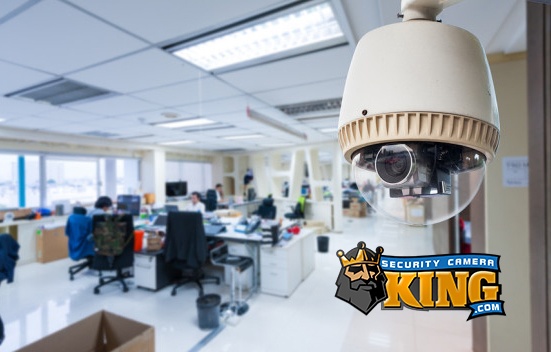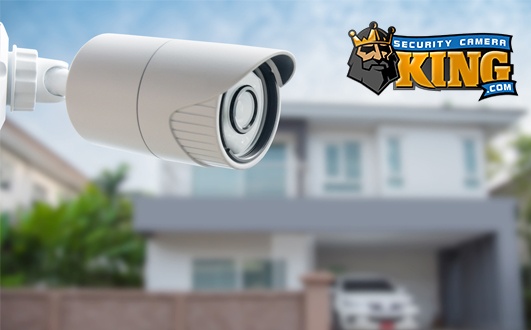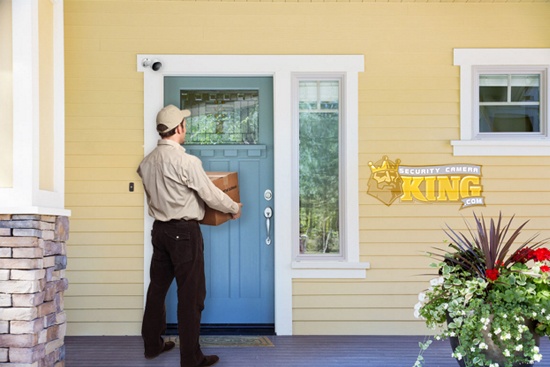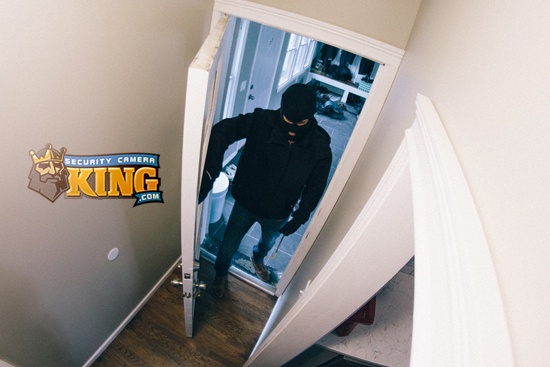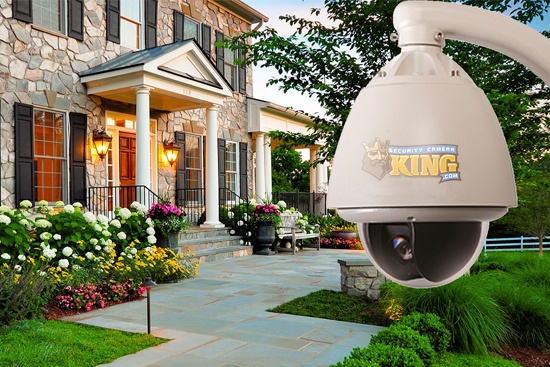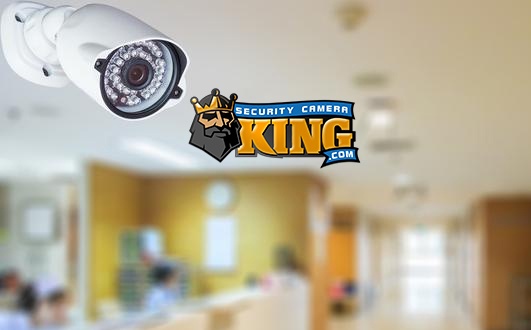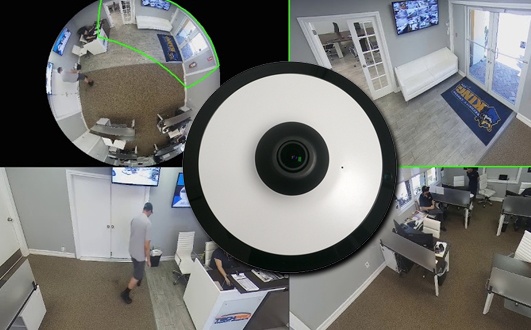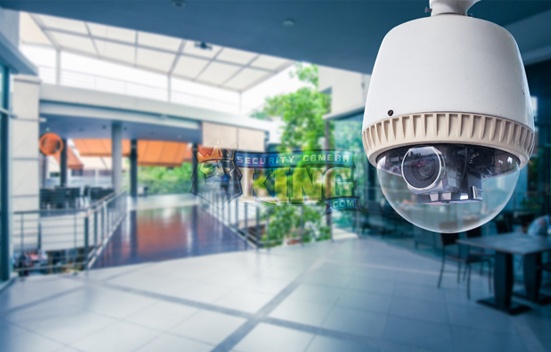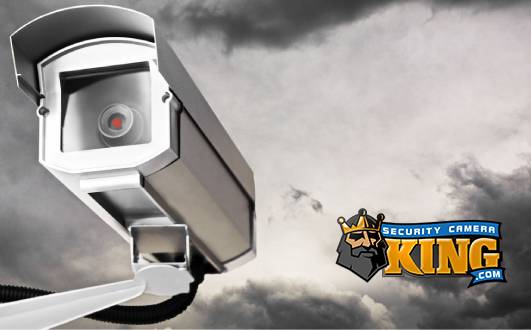The school bell rings and children rush outside eagerly, pushing to get through to the long-awaited freedom that each end of the day guarantees. Scattered papers and pencils are now the only things that clutter the hallways at each day’s end. Teachers and school staff hastily complete their lesson plans for the next day, also wanting to get home to their own families and lives. Meanwhile, burglars nearby examine the school for any way to gain entrance undetected. Grant-funded computers and technology are at risk of being stolen, as teachers and staff are unable to incessantly guard the buildings of education around the clock.
The Department of Education published statistics stating that in the 2005-2006 school year, 86 percent of schools nationwide had reported at least one theft, crime, or violent incident, which resulted in a total of 2.2 million crimes. It is impossible to personally monitor every inch of school grounds every single day, so how are school campuses and educational facilities meant to keep their students and staff safe and harbor a sense of security? This is where closed-circuit television, or CCTV, can put up the next line of defense, scanning the perimeters and potentially acting as a deterrent to any future types of criminal activity.

CCTV can serve multiple purposes when utilized by the educational sector. First and foremost, CCTV can provide security services for educational buildings, guarding the technology and premises from outsiders who have intentions to harm the children, steal costly technology or vandalize school property. CCTV can also protect from threats inside the school, such as proving or disproving accusations of sexual abuse, bullying from other children, or theft from teachers or staff. More recently, CCTV has been put to work as a direct educational tool, being used as a vessel to funnel distance learning to remote areas or to non-traditional learners.
Ronald D. Stephens is the Executive Director of the National School Safety Center, and has had extensive experience as a former teacher and an assistant superintendent. He supports use of security cameras in the schools if they are used to fix a current problem. He found that when security cameras were installed in a Midwestern school district, vandalism decreased by 95 percent! The National Center for Education Statistics estimates that 84 percent of high schools, 73 percent of middle schools, and 51 percent of primary schools use security.
Security cameras have also been used to stop or prevent bullying in schools as well. Bullying has been shown to be very detrimental to a child’s health and social well being, so it is crucial to identify and address the perpetrators before victims retaliate or bullies go too far. Installing security cameras would allow for constant monitoring of areas where bullying is suspected to be occurring, and could also possibly discourage any future bullying behaviors. One school in the United States found that once security cameras were installed, the bullying and harassment stopped. Although bullying may still take place outside of school and away from the camera’s monitor, security cameras can potentially eliminate bullying on school campuses, which is a slow, but sure step in the right direction.
TechPro Security Products offers PTZ (Pan Tilt Zoom) cameras that can protect premises by keeping a vigilante watch on all school property. The pan tilt zoom describes the camera’s ability to move. TechPro has three different kinds of PTZ cameras that include analog, network IP, and HD CVI.
Analog PTZ cameras are cameras that send feed through cable back to a digital video recorder (DVR), and tend to be less expensive.
Analog Security System

Network IP cameras send their feed as a digital stream over an IP network, and can be remotely accessed from different locations. IP cameras provide greater resolution than analog cameras, but can be more expensive than the traditional analog cameras.
Network IP Security Camera System

HD-CVI, or high definition composite video interface cameras can transmit high definition video quality. HD-CVI cameras are beneficial as they provide megapixel recording that could allow for a positive identification if crimes are ever recorded on school property.
HD-CVI Security Camera System

There are also various mounting options one can use with PTZ cameras, such as in ceiling mounts, arm mounts, or pendant mounts. In ceiling mounts are more discrete, while arm mounts are more visible to deter criminal or suspicious activity.
CCTV can also be used as an educational tool to stream learning sessions to remote areas from universities or other educational facilities. There are many people who are unable to attend a traditional classroom setting for a variety of reasons, and this is where CCTV can be used to act as an in-home or off location education setting. Distance education is continuously growing, and is now the most cost effective education that can be offered to a majority of people. CCTV has many advantages in terms of using it for distance education, such as its quality, control of content, and immediate replay options.

As the world becomes ever more intertwined in technology, CCTV will continue to serve roles in educational facilities by providing security measures against criminal activity and theft, bullying, and vandalism. CCTV in distance learning will continue to grow even more, as more and more countries become developed and are able to access Internet connections more easily. As technology advances, CCTV will perhaps be utilized in even more aspects in order to provide cutting-edge education and assist educators in the learning process of students all around the world.



